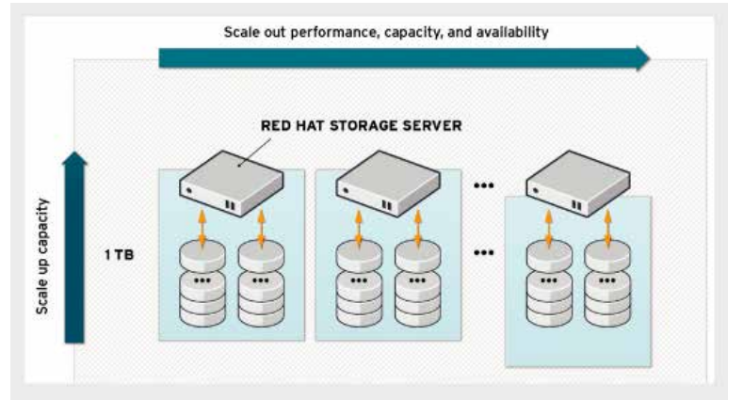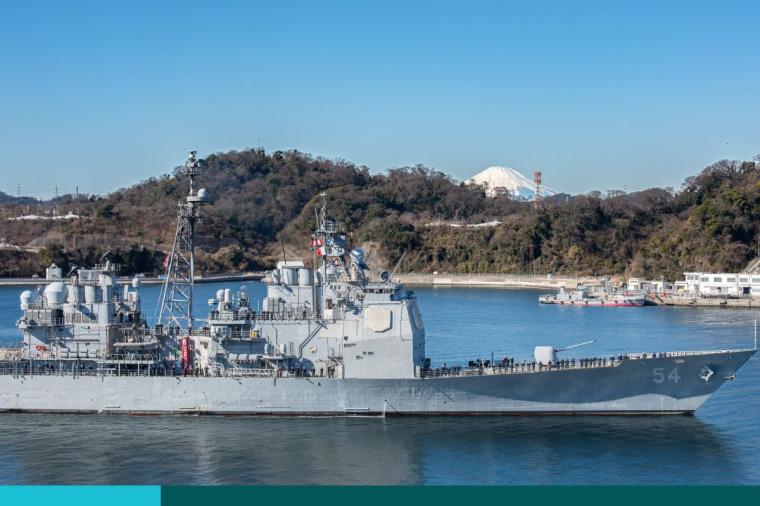Scale-up vs Scale-out Architecture, How is Your Organization Currently Scaling It's Storage Needs?

Traditionally, organizations world-wide have utilized Scale-up architecture when it comes to storage. What does this mean? Traditional scale-up architecture utilizes a dual-controller set-up, and adds storage drives as needed to increase storage capacity and performance. Run of storage, add another shelf. Seems pretty straight forward right? Run out of performance, not so straight forward...
The issue with this architecture is it will hit a tipping point, at which point adding more shelves, or disks to a RAID group, no longer increases capacity and performance because the limits of the dual-controller have been reached. This forces you to add a completely new system every few years in order to continue to scale. This is a very costly method when you consider the speed at which storage needs are required to scale in current IT environments.
Additionally, when adding more systems to an environment you will need to migrate data from the original system to the new system. This means your team will need to spend hours migrating data from one system to another when their time could be much better spent elsewhere. Let's add the fact that the average data migration under the Scale-up method can take months, depending on the volume of data being migrated!
Lastly, let's evaluate the dual-controller. Traditional storage systems usually utilize a dual-controller usually in one of two ways. The first being and active-passive configuration. So that there is a primary doing the legwork, and a back-up in case the primary fails. This means if you are a managing a mission critical environment and your primary controller goes down, no matter what time of day/night it is, you are running to work to get that controller back up and running. If the back-up fails, bye-bye access to data. This is a huge problem for mission-critical environments, as they cannot afford to have down-time, nor can they afford data loss.
How do we solve this?
Scale-out Architecture via software defined storage (SDS)!
If that statement leaves you scratching your head, let's discuss SDS and scale-out architecture.
Unlike traditional scale-up architecture, scale-out utilizes Software Defined Storage to "act" as the controller. Yes this is a VERY high level break-down, but for the purpose of this discussion, describes how this architecture works.
What does this mean?
Since you are not limiting the scalability of your system to the limitations of your controllers, you are able to better scale your system at a lower cost. In this architecture, if you run out of storage capacity/performance, simply add another node. You are no longer required to build and install a completely new system in order to scale up your workload.
This image does a great job in outlining what we are discussing. The top image, shows Scale-out architecture. As you require more capacity, you add nodes increasing the size of the original system. The bottom image shows scale-up. As your capacity needs increase, you need to add additional systems in order to scale.
Is this the only benefit of SDS?
NO, is the short answer. When implementing Software Defined Storage, you are saying NO to vendor lock-in. You are ensuring that the hardware vendor no longer gets to dictate what software your system will be delivered with. You will not be required to upgrade perpetual licenses every 3-4 years, you get to drive the ship on what hardware, what software, and what support. Sound too good to be true?
Take a look at the above image. This shows the movement that organizations are currently making, and will continue to make, toward SDS. As you can see, in 2018 we are at a tipping point where Enterprise SDS is starting to make an impact on Traditional Enterprise Storage. By the next storage life-cycle (4 years), we will be passing the tipping point where over 50% of Enterprise will be utilizing SDS.
What does this mean for you?
The time has come to actively look into SDS implementation. Begin to look at the costs associated with scaling up your infrastructure over the next 3-4 years, and ask yourself, is it worth it? If you, like the majority of organizations in this day and age, are saying no. Lets talk.
Here at DLT Solutions we have a dedicated team of Engineers that can help design your SDS architecture, and get you on the right path to Scale-Out.
#DLTSolutions #RedHatSDS #SoftwareDefinedStorage #ScaleOutNotUp #DLTEngineering



















































